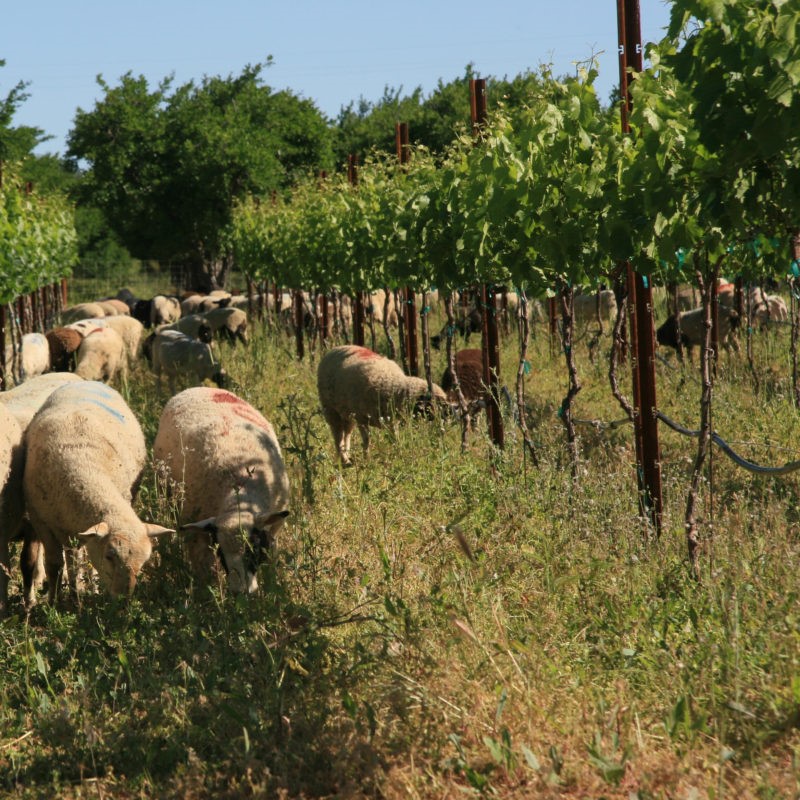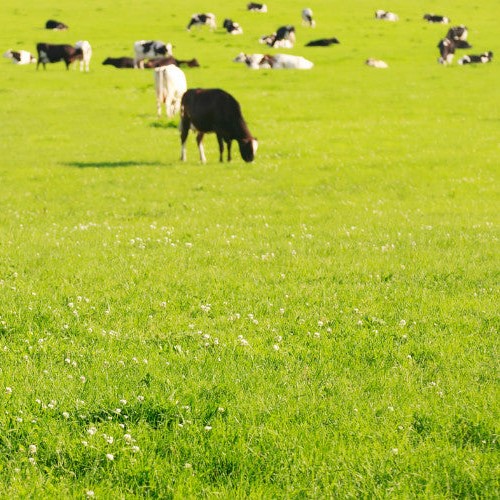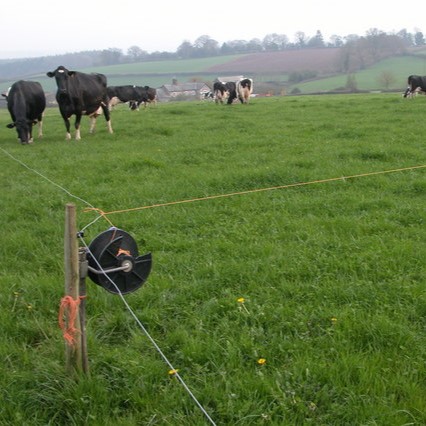Description
Sustainable weed control in grazing systems is a multifaceted challenge that requires careful consideration of ecological, economic, and agronomic factors. Unlike conventional farming, where herbicides may be more readily used, grazing systems must balance weed management with maintaining pasture health and supporting livestock productivity.
Rotational grazing is one of the primary sustainable practices in weed control within grazing systems. Rotational grazing involves dividing pastures into smaller paddocks and rotating livestock through them. This method prevents overgrazing, which can lead to weed invasion, and allows for targeted grazing of weeds. Certain weeds are palatable to livestock at specific growth stages, and rotational grazing can be timed to utilize livestock to control these weeds naturally.
Additionally, integrating diverse plant species in pastures can help suppress weed growth. Well-managed pasture systems with grasses, legumes, and other forbs create a dense turf that shades out weeds and competes for nutrients and space. Legumes like clover fix nitrogen, reducing the need for synthetic fertilizers and improving soil health and fertility, further inhibiting weed establishment.
Mechanical methods such as mowing or cutting can also contribute to sustainable weed management in grazing systems. Regular mowing can prevent weed seed production and spread, reducing the weed seed bank over time. However, excessive disturbance that could harm desirable vegetation or soil structure must be avoided.
Integrated pest management (IPM) principles are crucial in sustainable weed control strategies. This approach involves coordinating multiple methods to minimize weed growth while maximizing the health of the entire grazing ecosystem. Monitoring weed populations, understanding their life cycles, and employing targeted control measures when necessary are critical components of IPM in grazing systems.
Furthermore, promoting soil health through composting, proper nutrient management, and minimizing soil disturbance helps maintain strong and competitive pasture plants, which resist weed invasion. Healthy soil structure encourages profound root growth and water retention, supporting vigorous pasture growth that outcompetes weeds naturally.
Education and outreach are essential for successfully adopting sustainable weed control practices in grazing systems. Farmers and ranchers benefit from access to research-based information, technical assistance, and peer networks that promote the exchange of best practices and innovations in weed management.
Sustainable weed control in grazing systems requires a holistic approach that balances ecological health with economic viability. By integrating diverse management practices, leveraging natural processes, and adapting to local conditions, farmers can effectively manage weeds while enhancing the resilience and productivity of their grazing lands for future generations.







Laraba –
We’ve been using sustainable methods to control weeds in our grazing areas, and the results have been fantastic. The biodiversity in our pastures has increased, and we’ve reduced our reliance on chemicals.
Chinwendu –
Switching to sustainable weed control methods has been a game-changer for our farm. It’s not only cost-effective but also more sustainable in the long run. Our pastures are healthier, and our livestock are thriving.
Endurance –
Implementing sustainable weed control has significantly improved the quality of our pastures. It’s reassuring to know that we’re not only managing weeds effectively but also contributing positively to our ecosystem.